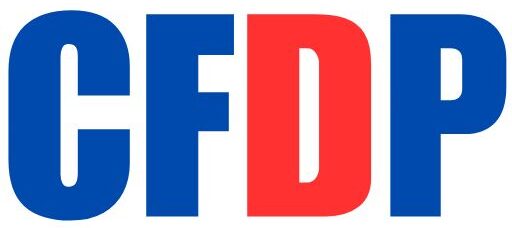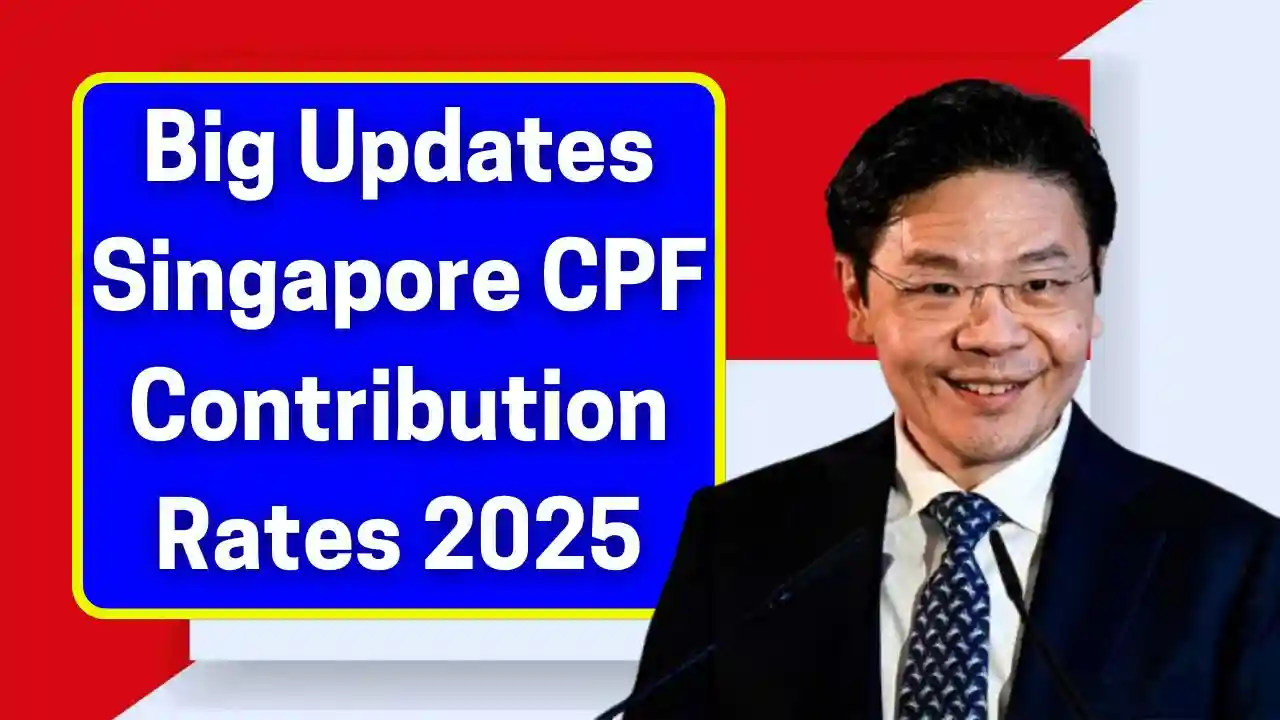The Central Provident Fund is the main angle for Singapore’s social security system, in which employees and retirees can save for retirement, healthcare, and housing needs. In line with the trend changes in the economy and demography, CPF contribution rates are periodically reviewed and adjusted among others. For 2025, many updates impacting the lives of employees and employers have been announced. This article will discuss those updates and what they mean to the workforce in Singapore.
An Overview of CPF contributions
CPF is compulsory for Singaporean citizens and permanent residents employed in the country. In that regard, both employer and employee contribute a percentage of the monthly wages of the employee to his/her CPF account, and such contributions are divided among three main accounts, which are as follows:
Ordinary Account (OA) is mainly for housing, insurance, and educational purposes;
Special Account (SA) is strictly for savings in retirement, and
MediSave Account (MA) for all health needs.
The contribution rates therefore are based on several factors like the age of the employee, and the wage brackets, with different rates applicable to younger workers, older employees and those nearing retirement; all this depending on the different periods of a person’s working experience.
Important Changes to CPF Contribution Rates in the Year 2025
Increased Contribution Rates for Older Workers
As a complement to the government’s arrangements to improve retirement savings for older workers, the augmentation of CPF contribution rate will happen in 2025, for employees between the ages of 55 to 70 years. Thus, it will help bring the contributions of older workers close to that of their younger counterparts, with higher contributions helping them to build a more substantial retirement fund.
Improvised Changes on Employer Contributions
Employers need to amend their payroll systems with the increase in CPF contribution rates of eligible employees. The government has said that there would be transitional support to address the financial issues that arise from such changes, for example, with grants or wage offsets.
A bigger share of all contributions for older workers will be directed to the MediSave Account. This modification is indicative of a growing trend to ensure more Singaporeans have sufficient healthcare coverage as the costs of medical services and the population age.
Effects for the Employees
Higher CPF contributions mean that a bigger portion of salaries will go into their CPF accounts on the part of employees. This will possibly cause a decrease in take-home pay in the end, but ensures that workers have enough savings for retirement, housing, and medical expenses.
Employees between the ages of 55 and 70 can expect a better retirement fund and better healthcare security in the years to come. Changes will not be so significant for younger employees into the 2025 CPF rates.
Employers’ Implications.
Higher CPF incur costs for eligible employees with the upgrading of payroll systems. In this sense, employers have taken the liberty of providing for their employees not by increasing the total expenditure but by including into their financial strategies planned reviews of operating budgets for compliance with the new legislation requirements.
Additionally, the likely actions from government operate to ensure temporary measures such as wage offsets for small and medium-sized enterprises (SME) to smoothen the transition. For this case, employees will keep all announcements regarding such support schemes.
Government Support and Incentives
To mitigate the effects of these changes, the government has laid down several initiatives:
Support for the employers through payment offsets and grants that would help employers cope with the increased rates of contribution.
Public awareness campaign – run by the CPF Board to create awareness among the employees and employers on the new rates and savings as well as costs that result from them.
Timeline and Implementation
The revised CPF contribution rates will start to reap the benefits as of 1 January 2025. All employers and employees are advised to refer to the official CPF website for a detailed understanding of the changes to ensure all necessary changes are being done ahead of the implementation date.
Conclusion
The amendments for the year 2025 on contribution rates into the CPF speak volumes of Singapore’s mission in strengthening financial security to its employees, especially for older workers. Though such amendments might have to be made by both the employers and the employees, the long-term wellbeing of increased land values and savings on retirement and healthcare should outweigh the short-term inconveniences. Awareness and preparation in line with the changes will assist in making the process quite seamless for all concerned parties.




